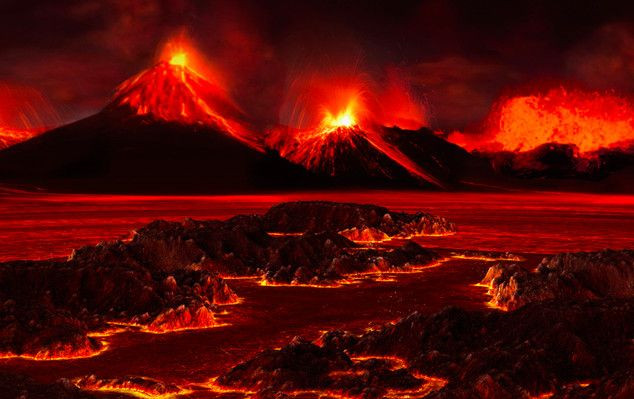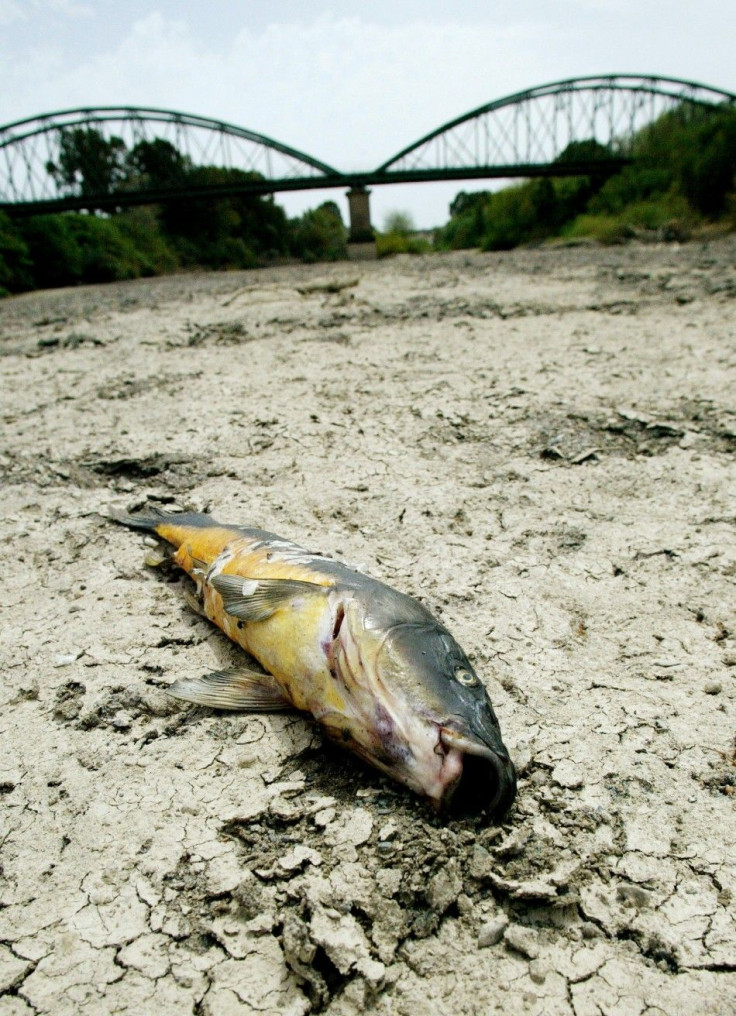Volcanic Eruptions In Siberia Triggered Biggest Mass Extinction Wiping Out 95% Of Life On Earrth
KEY POINTS
- Permian-Triassic extinction happened about 252 million years ago
- The trigger for the mass extinction had been at the center of debates for years
- Scientists reconstructed how the events unfolded million years ago
Volcanic eruptions in what is known today as Siberia, a vast Russian province encompassing most of Northern Asia, coupled with massive amounts of methane from the seafloor, has been identified as the ultimate trigger of one of the biggest mass extinctions known to Earth.
The Permian-Triassic extinction was the largest extinction that happened about 252 million years ago. The event wiped out 95% of all living things in the ocean and buried as much as 3/4 of the land in a span of only a few thousand years. It ended the Permian Epoch and paved the way for the Triassic Epoch.
Scientists have long debated the root cause of such a massive event in the history of Earth. Now, a team of scientists from Germany, Italy and Canada puts an end to the argument, ultimately pinning the cause to numerous volcanic activities in today’s Siberia.

In a study, published in the journal Nature Geoscience, the team was able to reconstruct how the events unfolded million years ago by studying fossils of clam-like organisms called brachiopods.
“These shells were deposited at the bottom of the shallow shelf seas of the Tethys Ocean 252 million years ago and recorded the environmental conditions shortly before and at the beginning of extinction,” Dr. Hana Jurikova, first author of the study and a researcher from the BASE-LiNe Earth project, explained in a press release.
The team designed a geochemical modeling based on their measurements of different isotopes and the element of boron in the fossils of the clam-like organism. The team found that the volcanic activities triggered warming and ocean acidification, killing the majority of the oceanic creatures at the time. The damage did not stop there as the release of carbon dioxide increased global temperatures and chemical weathering on land.
The damage continued for more than a thousand years, spreading to more oceans and resulting in a large-scale decrease in oxygen. The cascading events led to chemical changes that were fatal to the majority of the ancient species.
“This domino-like collapse of the inter-connected life-sustaining cycles and processes ultimately led to the observed catastrophic extent of the mass extinction at the Permian-Triassic boundary,” Jurikova said in the same press release.
BASE-LiNE Earth is a project funded by the European Union that provides training to highly motivated young scientists. This study was conducted in cooperation with the Helmholtz Centre Potsdam GFZ German Research Centre for Geosciences.

© Copyright IBTimes 2024. All rights reserved.





















